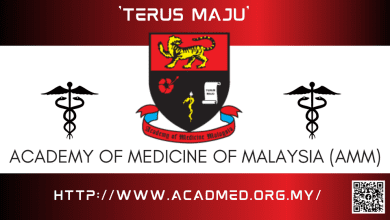

Digestive Health
By Dr Saravana.K
Liver cancer is cancer that begins in the cells of your liver. Your liver is an organ that sits in the upper right portion of your abdomen, beneath your diaphragm and above your stomach.
The most common form of liver cancer is hepatocellular carcinoma. Not all cancers that affect the liver are considered liver cancer. Cancer that begins in another area of the body and then spreads to the liver is called metastatic cancer rather than liver cancer
Risk Factors
- Factors that increase the risk of primary liver cancer include:
- Chronic infection with hepatitis B or C virus
- Cirrhosis. This progressive and irreversible condition causes scar tissue to form in your liver
- Certain inherited liver diseases, e.g., Wilson’s disease
- Diabetes
- Non-alcoholic fatty liver disease
- Excessive alcohol consumption
- Obesity
Symptoms
Most people don’t have signs and symptoms in the early stages. When signs and symptoms do appear, they may include:
- Loss of weight and appetite
- Upper abdominal pain
- Nausea and vomiting
- General weakness
- Abdominal swelling
- Yellow discoloration of your skin and the whites of your eyes (jaundice)
Tests and Diagnosis
- Tests and procedures used to diagnose liver cancer include:
- Blood tests may reveal liver function abnormalities.
- Imaging tests. Ultrasound, (CT) scan and (MRI) may be able to detect lesions in the liver
- Removing a sample of liver tissue for testing. Your doctor may insert a thin needle through your skin and into your liver to obtain a tissue sample for examination under a microscope. Liver biopsy carries a risk of bleeding, bruising and infection.
Treatments and Drugs
Treatments for primary liver cancer depend on the extent of the disease as well as your age, overall health and personal preferences.
Liver cancer treatment options may include:
- Surgery to remove a portion of the liver. Your doctor may recommend surgery to remove the liver cancer and a small portion of healthy tissue that surrounds it if your tumour is small and your liver function is good.
- Liver transplant surgery. During liver transplant surgery, your diseased liver is removed and replaced with a healthy liver from a donor. Liver transplant surgery is only an option for a small percentage of people with early-stage liver cancer.
- Heating cancer cells. In a procedure called radiofrequency ablation, electric current is used to heat and destroy cancer cells. Using an ultrasound as a guide, your radiologist inserts a thin needle into small incisions in your abdomen. When the needles reach the tumour, they’re heated with an electric current, destroying the cancer cells.
- Injecting chemotherapy drugs into the liver. During the procedure, chemotherapy drugs are injected into the hepatic artery – the artery from which liver cancers derive their blood supply – and then the artery is blocked. This serves to cut blood flow to the cancer cells and to deliver chemotherapy drugs to the cancer cells.
- Targeted drug therapy. Targeted drugs work by interfering with a tumour’s ability to generate new blood vessels. They have been shown to slow or stop advanced hepatocellular carcinoma from progressing for a few months longer than with no treatment.
Prevention
Cirrhosis is scarring of the liver, and it increases the risk of liver cancer. You can reduce your risk of cirrhosis if you:
- Drink alcohol in moderation, if at all.
- Maintain a healthy weight.
- Get vaccinated against hepatitis B. You can reduce your risk of hepatitis B by receiving the hepatitis B vaccine, which provides more than 90 per cent protection for both adults and children
- Know the health status of any sexual partner. Don’t engage in unprotected sex unless you’re certain your partner isn’t infected with HBV, HCV or any other sexually transmitted infection
- Seek safe, clean shops when getting a piercing or tattoo.
Screening
It involves an ultrasound examination twice each year. It is recommended for those thought to have a high risk, including people who have:
- Hepatitis B
- Hepatitis C infection and liver cirrhosis
- Liver cirrhosis from other causes, such as an excessive alcohol use and non-alcoholic fatty liver disease.


